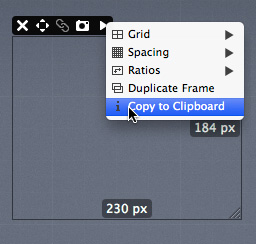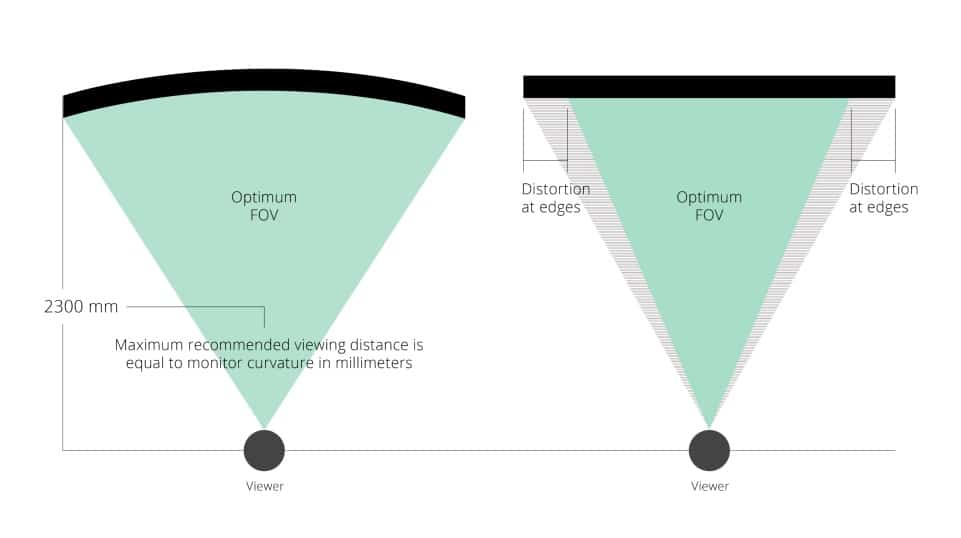
- #XSCOPE PLACING GUIDES ON THE CORRECT MONITOR HOW TO#
- #XSCOPE PLACING GUIDES ON THE CORRECT MONITOR 1080P#
- #XSCOPE PLACING GUIDES ON THE CORRECT MONITOR FULL#
- #XSCOPE PLACING GUIDES ON THE CORRECT MONITOR PROFESSIONAL#
While more pixels is generally better, two things can make you second-think getting a monitor with QHD or better resolution.
#XSCOPE PLACING GUIDES ON THE CORRECT MONITOR 1080P#
Quad HD (QHD) aka Wide Quad HD (WQHD) aka 1440p resolutionĢ560 x 1440 (typical monitor resolution) / 2048 x 1080 (official cinema resolution)įull HD (FHD) aka 1080p aka HD resolution The lower the curvature (as low as 1000R), the more curved the display is.ģ840 x 2160 (typical monitor resolution) / 4096 x 2160 (official cinema resolution) An 1800R curvature has a curved radius of 1800mm and a suggested best max viewing distance of 1.8 meters - and so on. If you do buy a curved monitor, understand curvature specs. Effective curved monitors are usually ultrawide and at least 30 inches, which both point to higher costs. However, they can be prone to glare when viewing from certain angles (light sources are coming from various angles instead of one).

If you’re not gaming, a 60 Hz refresh rate should do. Refresh rate is especially important for gamers, who'll want a monitor with at least 75 Hz (most monitors designed for gaming offer at least 120 Hz), combined with the lowest response time you can find. Bigger numbers equal better, smoother, less choppy images. This tells you the number of times your monitor updates with new information per second and is measured in hertz (Hz). For viewing from typical desktop distances, 32 inches is plenty ‘big.' It’s not hard to find a 32-inch gaming or general use monitor at 4K resolution for under $1,000. A larger monitor will have low pixel density if it's a lower resolution.

#XSCOPE PLACING GUIDES ON THE CORRECT MONITOR FULL#
1920 x 1080 (also known as 1080p, Full HD (FHD) and HD) is the minimum you need. A monitor’s resolution tells you how many pixels a monitor has in width x height format.

#XSCOPE PLACING GUIDES ON THE CORRECT MONITOR PROFESSIONAL#
#XSCOPE PLACING GUIDES ON THE CORRECT MONITOR HOW TO#
We also have high-res picks on our Best 4K Gaming Monitors and Best Budget 4K Monitors pages and break down HDR displays in our How to Choose the Best HDR Monitor article. But which features and specs are most valuable for how you use your monitor? For example, should you get 4K, 1440p, 1080p or just plain HD resolution-and what's the difference anyway? How much do refresh rates and response times matter? Are things like flicker-free, low blue light mode, G-Sync and FreeSync crucial? And how should your priorities change if your focus is gaming versus professional applications versus general use?īefore we get started, if you're looking for recommendations, see our Best Computer Monitors page or gaming-specific Best Gaming Monitors list. Hardware vendors understand how the experience changes with different display specs and features and have flooded the market with a plethora of options.


 0 kommentar(er)
0 kommentar(er)
